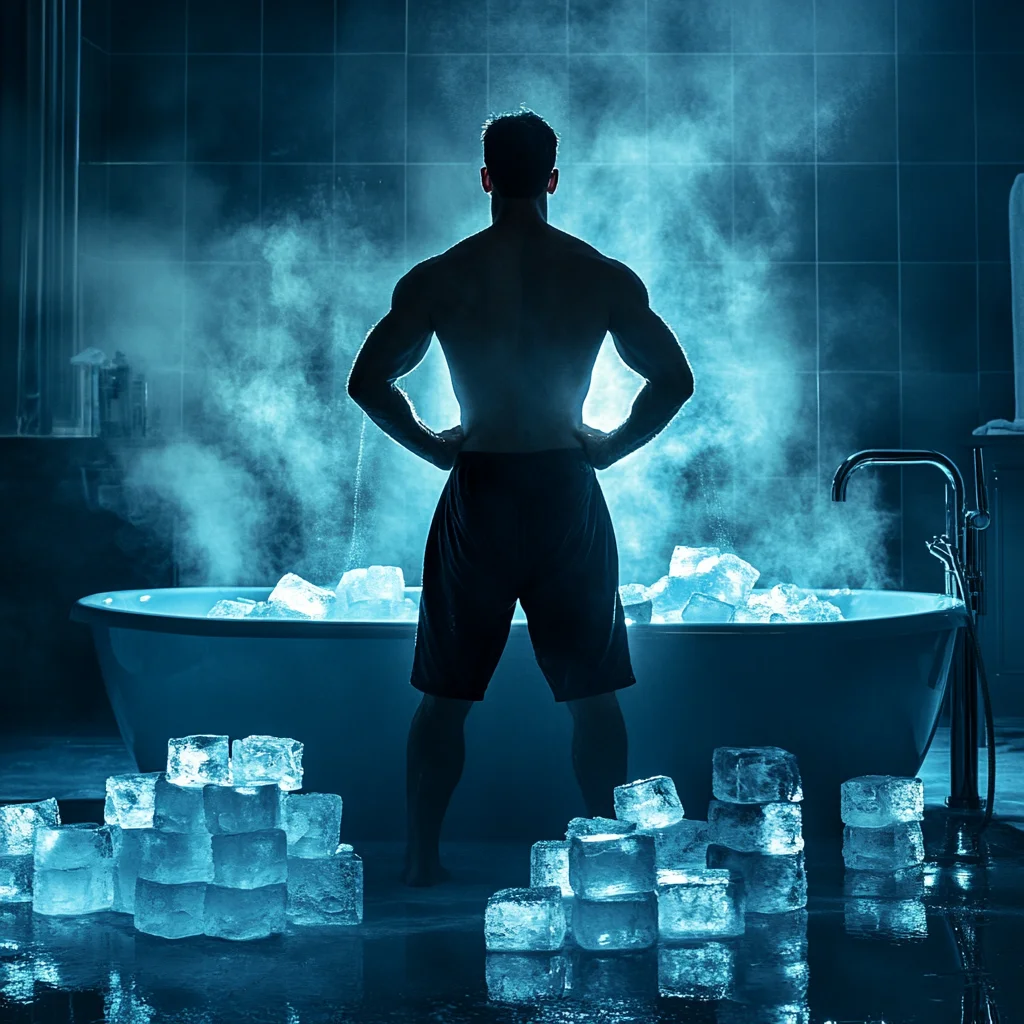Contrast Baths: Boosting Muscle Recovery and Performance

Contrast Baths: Boosting Muscle Recovery and Performance
Have you ever wondered how elite athletes recover so quickly from intense training sessions? One of their secret weapons might be a technique called contrast baths. Today, we're diving deep into the science behind this powerful recovery method and how it can revolutionize your workout routine.
The Science of Contrast Baths
Contrast baths, also known as contrast water therapy, involve alternating between hot and cold water immersion. This simple yet effective technique has been used for decades in sports medicine, rehabilitation, and athletic training1. But what's really happening inside your muscles during this hot-cold dance?
Recent research using near-infrared spectroscopy (NIRS) has shed light on the intramuscular effects of contrast baths. A study conducted at the University of British Columbia found that a 30-minute contrast bath protocol significantly increased oxygenated hemoglobin and total hemoglobin in the gastrocnemius muscle1. In simpler terms, this means more oxygen-rich blood was flowing through the muscle tissue.
The Physiological Dance of Hot and Cold
Here's how it works:
-
Hot water immersion (38°C-40°C for 4 minutes):
- Dilates blood vessels
- Increases blood flow to muscles
- Enhances oxygen delivery
-
Cold water immersion (8°C-10°C for 1 minute):
- Constricts blood vessels
- Reduces inflammation
- Flushes out metabolic waste
This alternating pattern creates a "pumping" effect in your muscles, promoting better circulation and potentially accelerating recovery1.
Optimizing Your Contrast Bath Routine
To maximize the benefits of contrast baths, consider the following:
- Timing: Aim for a total of 30 minutes, with a 4:1 ratio of hot to cold
- Temperature: Hot (38°C-40°C) and cold (8°C-10°C)
- Frequency: 2-3 times per week, especially after intense workouts
- Target areas: Focus on major muscle groups like legs, arms, or back
Remember, consistency is key. Incorporating contrast baths into your regular recovery routine can lead to improved muscle function, reduced soreness, and potentially enhanced performance over time.
The Bottom Line
While more research is needed to fully understand the long-term effects of contrast baths, the current evidence suggests they can be a valuable tool in your recovery arsenal. By harnessing the power of temperature contrasts, you're giving your muscles the physiological boost they need to bounce back stronger and faster.
So, the next time you're feeling sore after a grueling workout, consider taking the plunge into the world of contrast baths. Your muscles might just thank you for it.
References: